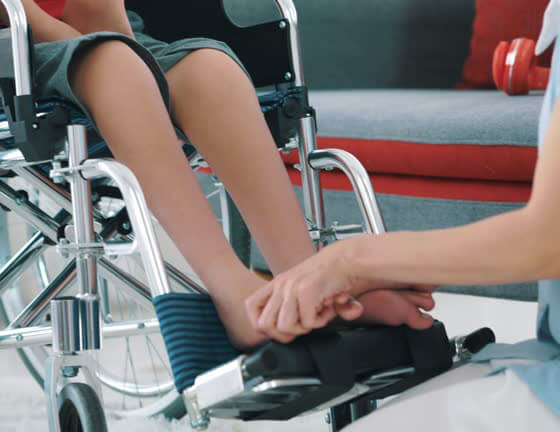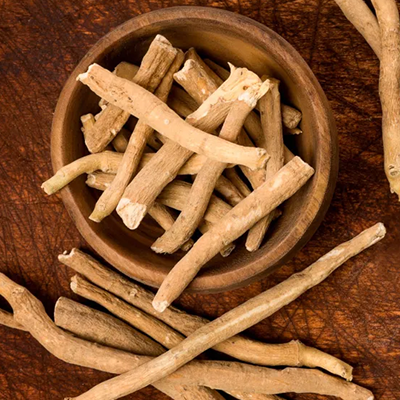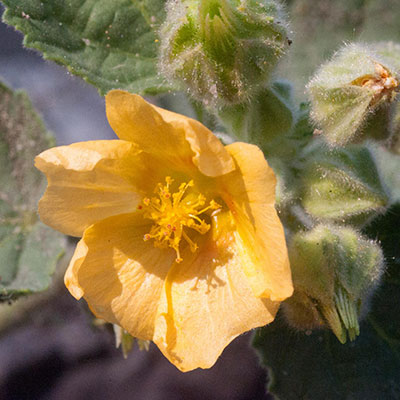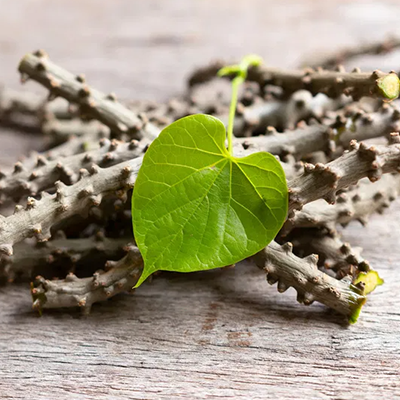Poliomyelitis, commonly known as polio, is a highly contagious viral disease caused by the poliovirus. It primarily affects children under the age of five, targeting the nervous system and leading to muscle weakness or paralysis in severe cases. Due to extensive vaccination programs, polio has been largely eradicated in many parts of the world, but it remains a concern in certain regions.
How does Poliomyelitis Occur?
Etiology: Polio is caused by the poliovirus, a member of the Picornaviridae family. It has three serotypes: P1, P2, and P3. Serotype P1 is most commonly associated with paralytic polio. The virus is transmitted through:
- Faecal-oral route: Ingestion of contaminated water or food.
- Oral-oral route: Contact with infected saliva or respiratory droplets.
Pathophysiology
Viral Entry and Replication
- The virus enters the body via the mouth and replicates in the oropharynx and gastrointestinal tract.
- It spreads to local lymph nodes and enters the bloodstream (viremia).
Invasion of the Nervous System
- In about 1% of cases, the virus crosses the blood-brain barrier or infects nerve cells via retrograde axonal transport.
- It attacks the anterior horn cells of the spinal cord and motor nuclei in the brainstem.
Neurological Damage
- Destruction of motor neurons results in flaccid paralysis, muscle atrophy, and deformities.
Causes of Poliomyelitis
Infectious Agent
- Caused exclusively by the poliovirus.
Transmission
- Contaminated food and water.
- Close contact with an infected individual.
- Poor sanitation and hygiene.
Risk Factors
- Lack of immunization.
- Children under five years old.
- Overcrowded living conditions.
- Immunodeficiency (e.g., malnutrition, HIV).
Symptoms and Signs of Poliomyelitis
- Incubation Period: 7–21 days.
Stages of Poliomyelitis
Asymptomatic Infection
- Most cases (90–95%) show no symptoms.
Non-paralytic Polio (Abortive Polio)
- Fever
- Sore throat
- Headache
- Nausea and vomiting
- Muscle stiffness or pain
- Back or neck pain
Paralytic Polio
- Occurs in <1% of infected individuals.
- Sudden onset of flaccid paralysis (usually asymmetrical).
- Loss of reflexes.
- Weakness in limbs.
- Breathing difficulties (if respiratory muscles are affected).
Post-Polio Syndrome (Late Complications)
- Occurs decades after the initial infection.
- Progressive muscle weakness.
- Fatigue.
- Joint pain.
Global Status: Polio cases have significantly reduced due to vaccination programs. However, it remains endemic in Afghanistan and Pakistan.
India: Declared polio-free in 2014, thanks to extensive immunization efforts.
High-Risk Areas: Regions with low immunization coverage and poor sanitation.
Vaccine-Derived Poliovirus (VDPV): A rare complication from oral polio vaccines in under-vaccinated communities.
Ayurvedic Perspective on Poliomyelitis
In Ayurveda, poliomyelitis can be correlated with conditions like Akhsepa Vata (neurological disorders caused by aggravated Vata dosha) and Pakshaghata (paralysis). The causative factors include:
- Imbalance in Vata dosha: Leading to degeneration of nerves and muscles.
- Accumulation of toxins (Ama): Weakens the immune system and disrupts normal body functions.
Ayurvedic Treatment for Poliomyelitis
Detoxification (Shodhana)
- Panchakarma therapies to remove toxins and balance Vata dosha:
- Virechana (Purgation therapy): Removes excess Pitta and toxins.
- Basti (Medicated enema): Rejuvenates nerves and strengthens the lower body.
- Abhyanga (Oil massage): Enhances circulation and reduces muscle stiffness.
Dietary Guidelines
- Include easily digestible, nourishing, and warm foods.
- Avoid cold, stale, and heavy foods that aggravate Vata.
- Use spices like ginger, black pepper, and cumin to boost digestion.
Lifestyle Adjustments
- Avoid strenuous activities and exposure to cold wind.
- Practice regular yoga and breathing exercises like Anulom-Vilom.
Rehabilitation
- Gentle physiotherapy to restore muscle strength.
- Regular massages with medicated oils like Dhanvantaram Taila.
Herbal Remedies
Ashwagandha (Withania somnifera)
Strengthens muscles and nerves.
Bala (Sida cordifolia)
Enhances muscle tone and treats paralysis
Guduchi (Tinospora cordifolia)
Boosts immunity and reduces inflammation.
Dashamoola (Ten root decoction)
Alleviates pain and strengthens muscles.
Ayurvedic Formulations
- Maha Narayana Taila: Used for external application to improve mobility.
- Rasnasaptakam Kashayam: Reduces inflammation and balances Vata.
- Ashwagandharishta: Enhances overall vitality and strength.
- Trayodashanga Guggulu: Effective in neurological and musculoskeletal disorders.
Prevention
Vaccination
- Oral Polio Vaccine (OPV): Live-attenuated vaccine.
- Inactivated Polio Vaccine (IPV): Injectable vaccine.
Hygiene and Sanitation
- Hand washing with soap.
- Drinking clean, boiled water.
Ayurvedic Preventive Measures
- Boost immunity using herbs like Amalaki, Ashwagandha, and Guduchi.
- Maintain proper hygiene and a balanced lifestyle.
Poliomyelitis remains a significant public health concern in certain parts of the world. Integrating modern preventive measures with Ayurvedic therapies can help manage the disease and reduce its impact. Ayurveda focuses on strengthening immunity, balancing doshas, and restoring overall vitality, providing a holistic approach to managing both active cases and long-term complications of polio.







